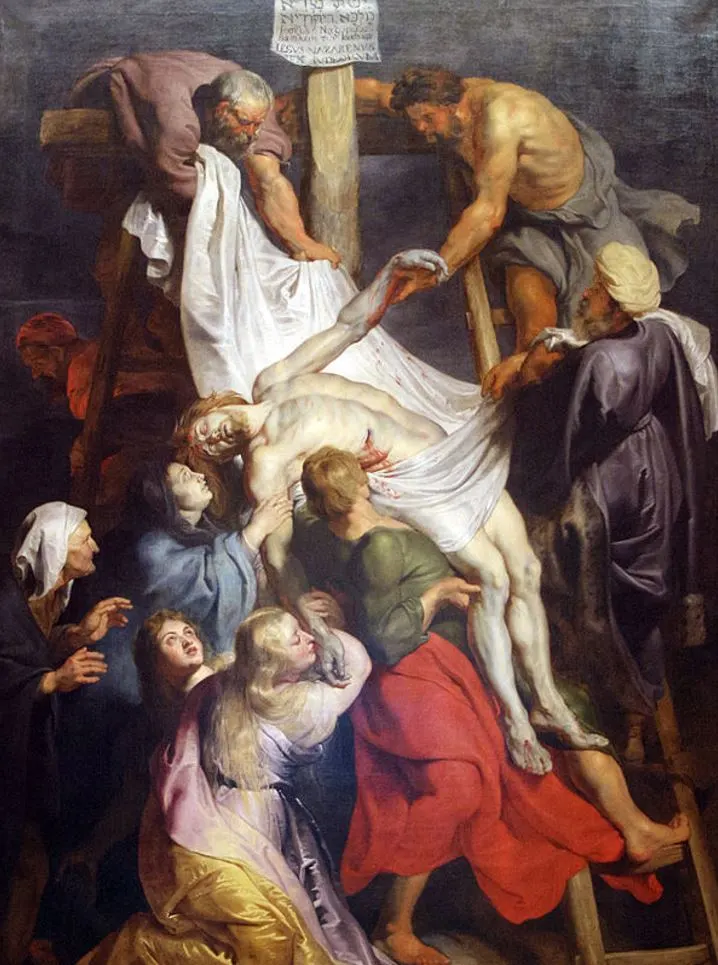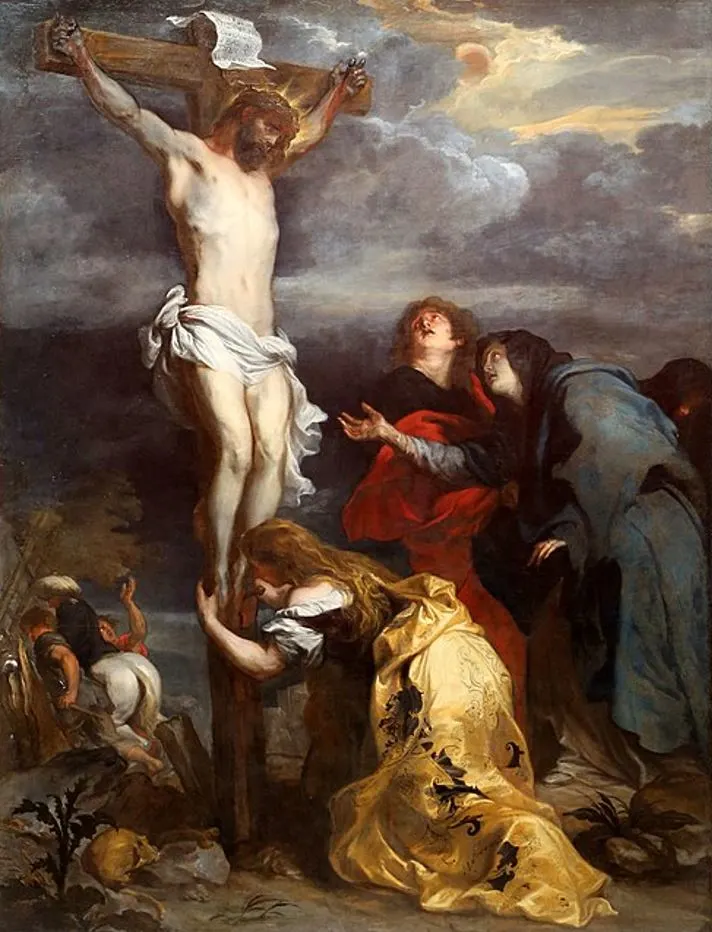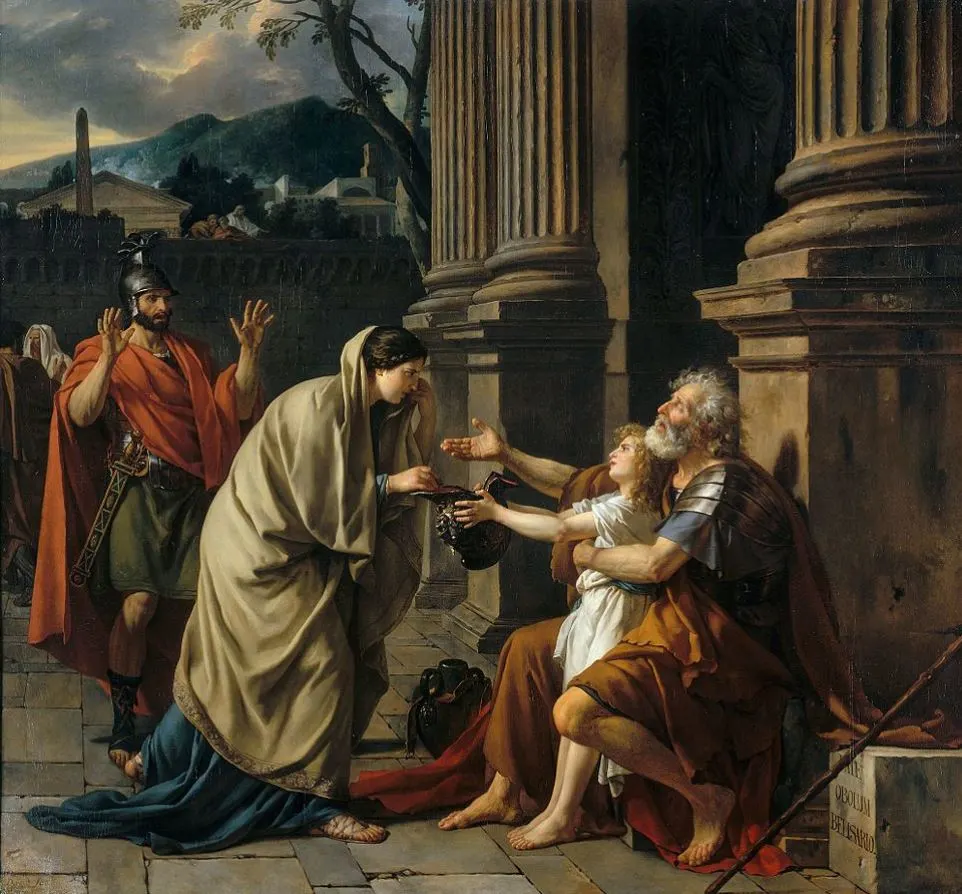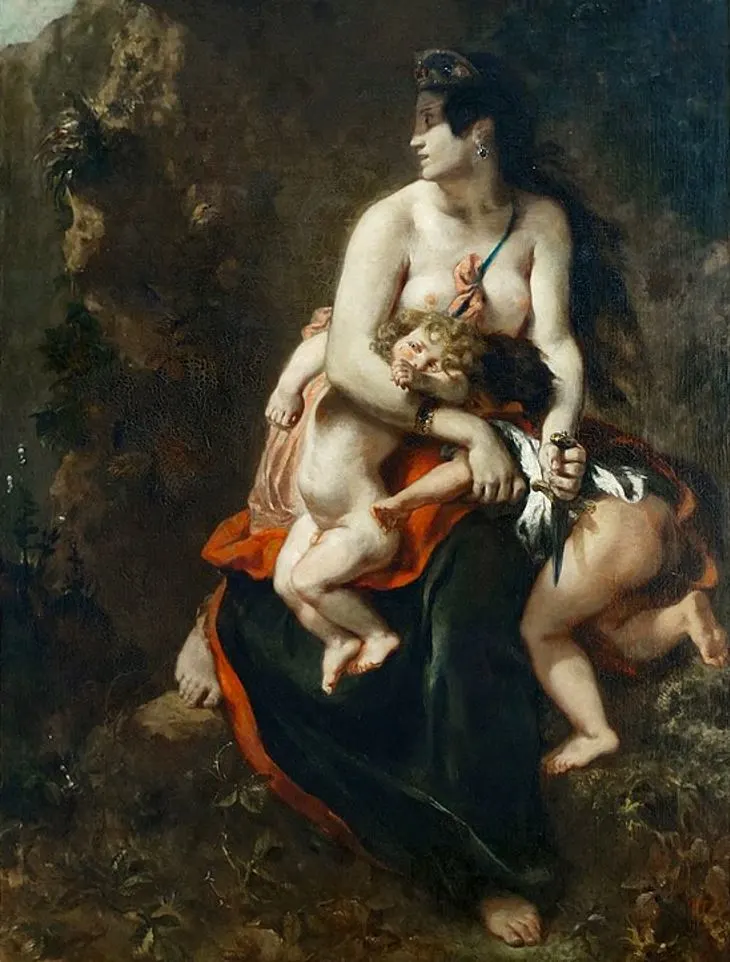If you enjoy fine art and you plan to visit the beautiful city of Lille in northern France, then this magnificent museum should be on top of your bucket list.
The Palais des Beaux-Arts de Lille is one of the largest art museums in France and one of the oldest ones as well.
It was established in 1809 on the orders of Napoleon Bonaparte who commissioned museums in 15 different French cities, including Lille.
The museum’s collection was temporarily held in a confiscated church and Lille’s city hall before moving to its current location in 1895.
The Baroque Revival building is definitely one of the most notable landmarks in Lille and can be found at the Place de la République in the heart of the city.
The collection features over 72,400 artworks that are exhibited in a space covering an area of over 22,000 square meters (236,806 square feet).
So what are some of the most famous artworks at the Palais des Beaux-Arts de Lille? Let’s check them out!
1. The Feast of Herod – Donatello
- Date created: 1435
- Dimensions: 60 x 60 centimeters (23.62 x 23.62 inches)
The Feast of Herod is the marble version of a sculpture by Donatello which he produced in 1427. The bronze relief was one of the first he created and defined this new style the Renaissance sculptor invented during the Early Renaissance.
The technique I’m referring to is called the “rilievo stiacciato” or “flattened relief” and Donatello is credited with fine-tuning it to perfection. The entire relief has a depth of less than one centimeter and depicts two scenes from the life of Saint John the Baptist. On the right, we can see him accusing King Herod and on the left, we can see his head on a platter.

2. Noli me tangere – Lambert Sustris
- Date created: 1548-1560
- Dimensions: 136 × 196 centimeters (54 × 77 inches)

Noli me tangere is the title of a painting by Lambert Sustris (1515-1584), a Flemish painter who mainly lived and worked in Venice. It depicts the moment that Jesus speaks these famous words to Mary Magdalene after she recognizes him following his resurrection. These words translate to “Stop holding on to me.”
Despite the fact that Sustris worked in Venice, he probably painted this work during a visit to Ausburg. That’s because the coat of arms of the local House of Fugger is seen on the steps leading into the lush Renaissance garden in the bottom left corner of the painting.

3. Descent from the Cross – Peter Paul Rubens
- Date created: 1616-1617
- Dimensions: 425 x 295 centimeters (167.3 x 116.1 inches)
The Descent from the Cross is a monumental work of art by Peter Paul Rubens (1577-1640), another Flemish artist who was one of the leading Baroque artists in Europe in the 17th century. The original version of this painting is one of the world-famous artworks on display at the Cathedral of Our Lady in Antwerp, Rubens’ hometown.
The Flemish master painted multiple versions of this subject and the composition of this work and the original is fairly similar. It was painted in the decade following his extended trip to Italy and the Italian influence, especially the Venetian style, can still be seen in this immense painting.

4. Christ on the cross – Anthony van Dyck
- Date created: 1628-1632
- Dimensions: 109 x 124 centimeters (42.9 x 48.8 inches)
Christ on the Cross or simply “Crucifixion” is the title of a painting by Anthony van Dyck (1599-1641), yet another Flemish artist who became very successful in Italy and England. It was painted during his so-called “Second Antwerp Period” between his return from Italy in 1627 and his departure to London in 1632.
Van Dyck already painted a similar work about a decade earlier when he was still the teenage assistant of Rubens in the 1610s. He completely changed the composition of this work to increase the sense of depth. Just like Rubens’ masterpiece, this painting was one of the paintings that formed the original collection of the Palais des Beaux-Arts de Lille.

5. Allegory of the Vanities of the World – Pieter Boel
- Date created: 1663
- Dimensions: 207,5 × 260 centimeters (81.7 × 100 inches)
Allegory of the Vanities of the World is a painting by Flemish still-life and animal painter Pieter Boel (1622-1674). This work is a so-called “vanitas painting,” a type of artwork that highlights the certainty of death and therefore the futility of earthly pleasures.
It’s one of the largest vanitas paintings ever created and is unusually large. It depicts a wide range of objects, including symbols of art, glory, wealth, and knowledge. These are all stacked on top of each other in a stunning pyramidal composition. The Sarcophagus in the background is inscribed with the words “Vanitati S” or “Sacrifice of Vanity.”

6. Belisarius Begging for Alms – Jacques Louis David
- Date created: 1781
- Dimensions: 288 × 312 centimeters (113 × 123 inches)
Belisarius Begging for Alms is a very large painting by Jacques Louis David (1748-1825), the leading Neoclassical artist of the late 18th and early 19th centuries. It depicts the Eastern Roman general Flavius Belisarius (500-565), a man who is credited with defeating the Vandals in North Africa in the 530s.
He achieved this victory during the reign of Byzantine Emperor Justinian I (482-565), a man who attempted to restore the former glory of the Roman Empire. A legend claimed that he was later blinded by his former boss and fired to beg for alms on the streets. This has been refuted by modern-day historians but it still served as the inspiration for this painting.

7. The Old People – Francisco Goya
- Date created: 1810
- Dimensions: 181 x 125 centimeters(71.2 x 49.2 inches)
The Old People is the title of a work also known as “Time” and is a painting by Francisco Goya (1746-1828), the leading Spanish artist of the romantic era. It depicts several elderly people in a peculiar attempt to mock vanity and old age.
The most prominent element that confirms this theory is the diamond arrow worn by one of the old women. This was the same type of jewelry worn by Queen, Maria Luisa of Parma, the wife of the Spanish King who was featured in Goya’s famous Charles IV of Spain and His Family (1800).

8. Medea – Eugène Delacroix
- Date created: 1838
- Dimensions: 260 x 165 centimeters (102.3 x 64.9 inches)
Medea or “Medea about to Kill her Children” is a painting by Eugène Delacroix (1798-1863) and depicts a scene moments before Medea is about to commit a despicable crime. She slaughtered her two sons because she wanted revenge on Jason for choosing Creusa of Corinth instead of her.
The French artist painted another famous version of this dramatic scene which is on display at the Louvre Museum in Paris. Like in this work, Delacroix integrated a strong contrast between light and shadow to enhance the dramatic effect. In my opinion, this worked out amazingly well.

9. An Après-dîner at Ornans – Gustave Courbet
- Date created: 1849
- Dimensions: 195 x 257 centimeters (76.7 x 101.1 inches)
An Après-dîner at Ornans or “After Dinner at Ornans” is a painting by Gustave Courbet (1819-1877), the leading Realism artist of the 19th century. He redefined the approach to art which was dominated by the dramatic effects of the Romantic era when his career started.
He rejected this notion and also didn’t paint mythological or historical subjects and instead focused on real people and real events. This Realism painting, which depicts a scene after dinner in his hometown of Ornans, gave him his first success at the Paris Salon in the year 1849.

10. Houses of Parliament, London – Claude Monet
- Date created: 1904
- Dimensions: 81.5 × 92 centimeters (32 × 36.2 inches)
Houses of Parliament, London is the title of a series of paintings by Claude Monet (1840-1926). As you surely expected, these Impressionist paintings depict the hazy view that the French artist had from a window at St Thomas’ Hospital, overlooking the Thames River and the Palace of Westminster in central London.
He traveled to London in the autumn of 1899 and a couple of times in 1901 and 1902 as well. What’s remarkable about these works is that he painted several of the 19 versions on this subject in his home studio in Giverny. This was against the Impressionist ideals of painting outdoors.

